The forklift hydraulic pump is the "heart" of the hydraulic system. Its core function is to convert the mechanical energy of the engine or motor into hydraulic energy, providing power support for all hydraulic drive actions of the forklift. It is the core component to ensure the basic operating functions of the forklift.
Introduction to Forklift Hydraulic Pumps
Forklift hydraulic pumps and hydraulic motors are energy conversion devices within the hydraulic system. A forklift hydraulic pump converts the mechanical energy of the motive force into hydraulic energy and is a forklift power element.
A forklift hydraulic oil pump is a crucial component of the forklift hydraulic system, primarily responsible for providing hydraulic power. The hydraulic oil pump converts mechanical energy into hydraulic energy and transmits it via pressurized oil to the hydraulic cylinder or motor, enabling the forklift's lifting, hanging, and other movements. The pump's drive motor drives the internal rotor or plunger, generating pressure and delivering oil to the hydraulic system.
What is the function of a forklift hydraulic pump?
A forklift hydraulic motor converts rotational motion into hydraulic mechanical energy for meshing gears, and is used to drive the hydraulic cylinder's actuator.Hydraulic pumps used in hydraulic transmissions rely on changes in the volume of a sealed working oil chamber to achieve oil suction and discharge, hence the name "positive displacement forklift hydraulic pump."Forklift hydraulic pumps can be categorized as vane, gear, and plunger types.In terms of their operating principle, forklift hydraulic pumps are irreversible, primarily determined by the oil inlet and outlet locations. Any positive displacement forklift hydraulic pump can be used with a hydraulic motor.
However, due to varying operating conditions, certain structural measures have been taken to improve performance.
Classification of Forklift Hydraulic Pumps
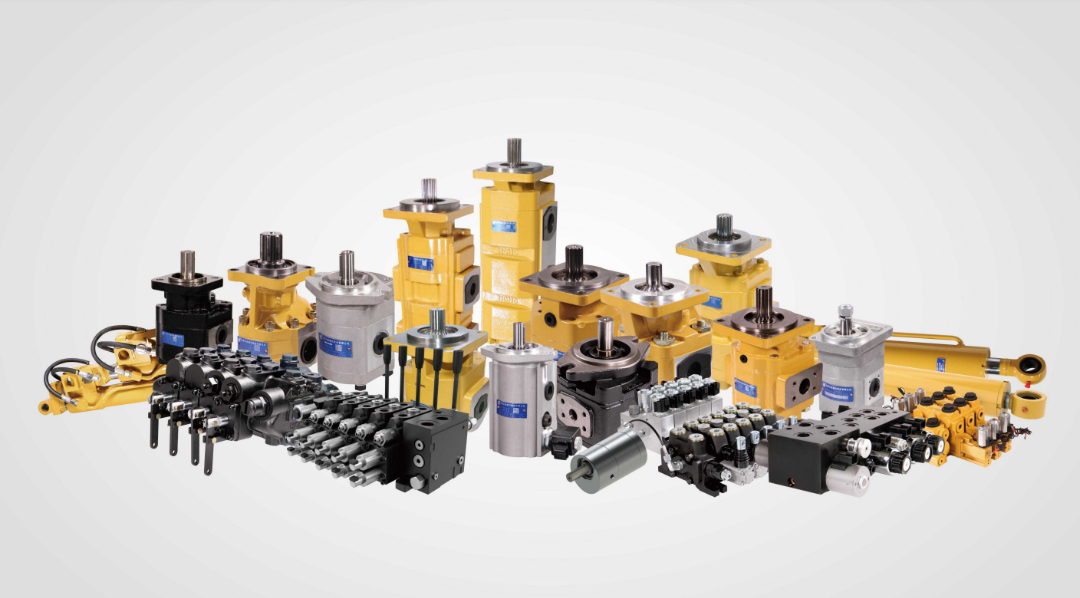
The choice of hydraulic pump depends on the forklift's operating conditions, load requirements, and required pressure. The main diagram shows three types: gear pumps, vane pumps, and plunger pumps.If you need a pump, click lifttops.com to get the latest quote!
1. Gear Pump
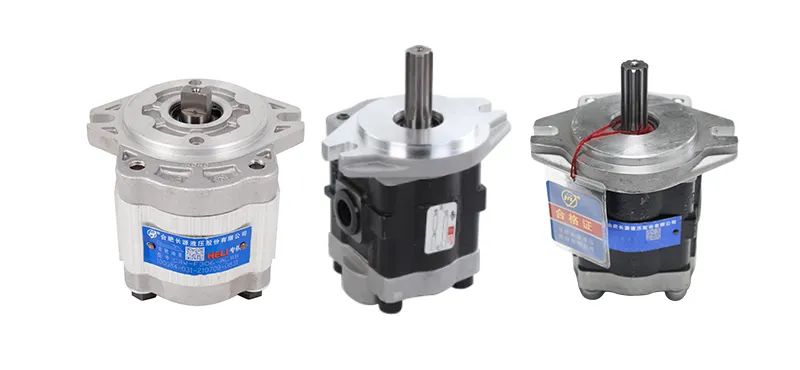
Gear pumps are the simplest and most common type of hydraulic oil pump. They consist of an input shaft and drive gear, and an output shaft and driven gear. Their advantages are simple structure and low price, but they can also experience greater pressure pulsation and lower efficiency than other pump types.
2. Vane Pump
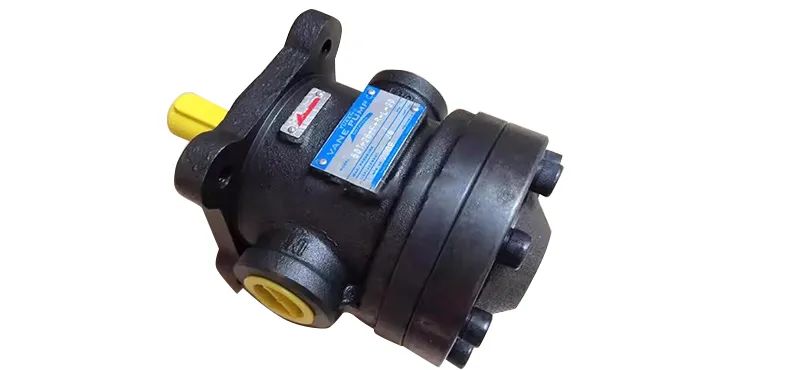
Vane pumps use a seal between the vanes and the inner wall to draw in and out liquid. They offer high pressure stability and low noise, making them suitable for small and medium-sized forklifts.
3. Plunger Pump
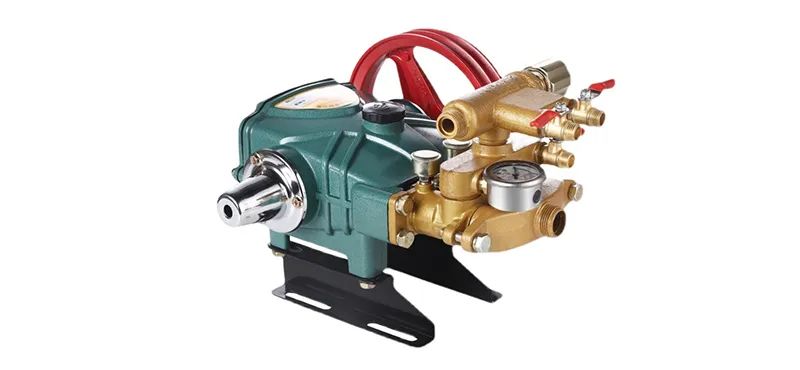
Plunger pumps are one of the most commonly used high-pressure hydraulic pumps. They generate hydraulic energy through the reciprocating motion of a plunger within a cylinder. They offer high operating pressure and efficiency, making them suitable for large forklifts. They are also widely used in applications requiring high pressure, high flow, and adjustable flow, such as hydraulic presses, construction machinery, and ships.
Common Faults of Forklift Hydraulic Pumps
1. Fluid Deterioration Due to Dirt:
Dirty fluid can cause wear and corrosion of components, especially on precision-machined parts. It can scratch the inner wall of the rubber hose, oil seals, and packings. Damage to these components in turn allows more dirt to enter the system, creating a vicious cycle of damage.
2. Overheating:
Overheating rapidly oxidizes the fluid, releasing insoluble resins, sludge, and acids. These substances accumulate in the oil, accelerating wear and corrosion of components. Adhering to the surfaces of precision-machined parts can also cause them to lose their original functionality. Oil thinning due to overheating can also cause transmission operation to become sluggish.
3. Air Ingress:
In addition to causing overheating, air ingress into the oil can also cause a considerable amount of air to dissolve under pressure. If approximately 10% of the compressed volume is dissolved air, foaming will form when the pressure drops. When the hydraulic cylinder decompresses and returns oil, the foamy fluid will have a "sponge" quality. In addition, oil containing a lot of foam will increase the total volume and cause the oil tank or reservoir to overflow.
Forklift Hydraulic Pump Maintenance
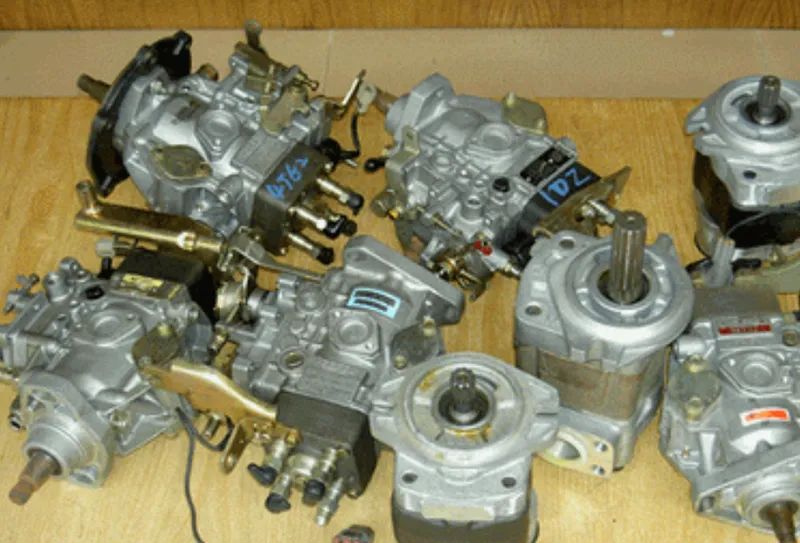
Regular Maintenance:
Perform regular maintenance on the hydraulic pump according to the forklift manufacturer's recommendations. This includes replacing the hydraulic oil, cleaning the filter, and checking for leaks at seals and joints.
Hydraulic Oil Replacement:
The hydraulic oil used in the hydraulic pump should comply with the manufacturer's specifications. Regular oil replacement maintains the performance and reliability of the hydraulic system. When changing the hydraulic oil, be sure to bleed air from the hydraulic oil circuit to ensure proper operation of the hydraulic pump.
Filter Maintenance:
The hydraulic pump filter traps impurities and particles in the oil. Regular cleaning or replacement is essential. Use a suitable cleaning fluid to clean the filter and ensure it is completely dry before installation.
Seal Inspection:
Hydraulic pump seals should be inspected regularly and replaced promptly if worn or damaged. Proper seal condition ensures proper operation of the hydraulic system and prevents leaks.
Forklift Hydraulic Pump Maintenance Recommendations
1. Remove the screws on the hydraulic pump rear cover and remove the cover.
2. Inspect the gears and cylinder walls for signs of severe wear.
3. Replace the copper plate repair kit inside the hydraulic pump and replace the high-pressure oil seal on the front axle of the hydraulic pump.
4. After replacement, reassemble the pump in reverse order and test the pump on the vehicle to verify operation. Only use the pump when it is functioning normally.
Maintenance and repair of forklift hydraulic pumps should be performed under the guidance of qualified personnel. If you encounter complex or unresolvable problems, we recommend seeking professional repair personnel or the manufacturer's technical support.If you need forklift parts, please contact us!